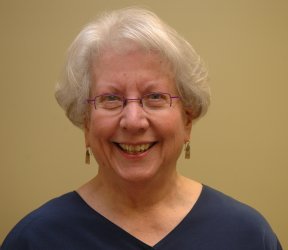 |
| Ginny Moore Kruse, WI Library Hall of Fame Inductee |
More information about each of the inductees can be found by clicking on the link to their name.
Promoting the appreciation, enjoyment, and preservation of our library heritage
 |
| Ginny Moore Kruse, WI Library Hall of Fame Inductee |

 |
| Third oldest notice. Mailed May, 1875 by Lawrence (MA) Public Library. |
 |
| Envelope showing one of the first stamps of the United Nations |
 |
| Special event envelope for dedication of Hammarskjold Library |
 |
| Envelope with label provided by Royal Naval War Libraries |
 |
| Back flap of RNWL label |
 |
| Envelope mailed by Univ. of WI Library in 1940 |